
(Review archived from February 13, 2023)
As it turns out I had some serious misconceptions about Little Samson.
- For some reason I was laboring under a misconception that this game was somehow based on the biblical tale of Samson & Delilah (except you know … maybe with less implied sexist undertones).
- I thought that this game was released somewhere in the middle of the NES console cycle
- And perhaps most egregiously, I was laboring under the impression that this game was rather middling – not bad, but certainly not mind-blowing , somewhere neck and neck with The Battle of Olympus or something.
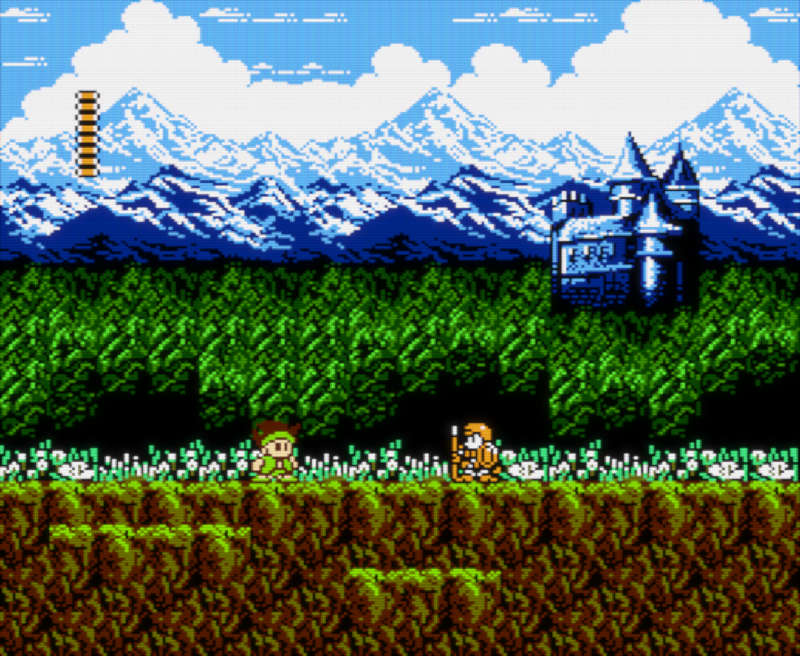
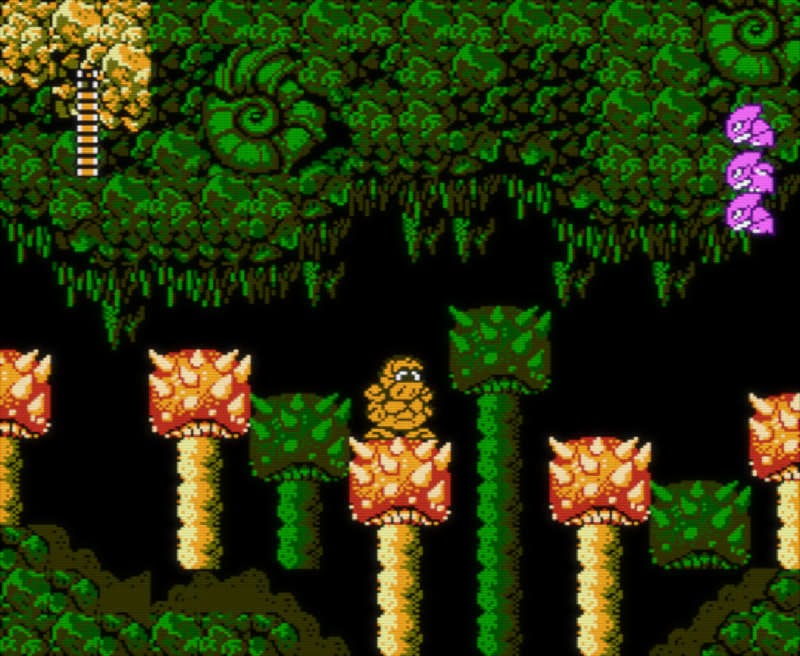
And I was wrong on every count! To be honest … I’m still not sure exactly what the story is about in any great detail, but it’s definitely not based on a biblical story (unless I just missed the one that featured a fire breathing dragon man). Basically (and again I’m kind of extrapolating here) the kingdom is under threat from an evil Wizard, so the king calls forth for champions who must prove themselves individually before setting off as a party to defeat the wizard. As it turns out, the group of assembled heroes consist of a human warrior (I’m assuming this is the titular Samson), a flying dragonfolk warrior, a stone golem, and a mouse rogue. I have to wonder whether the manual might fill in some of these plot details a bit better (the Wikipedia article does indeed suggest this to be the case), but there is little to no in-game exposition, so … why don’t we just get on with hunting down that wizard, eh?
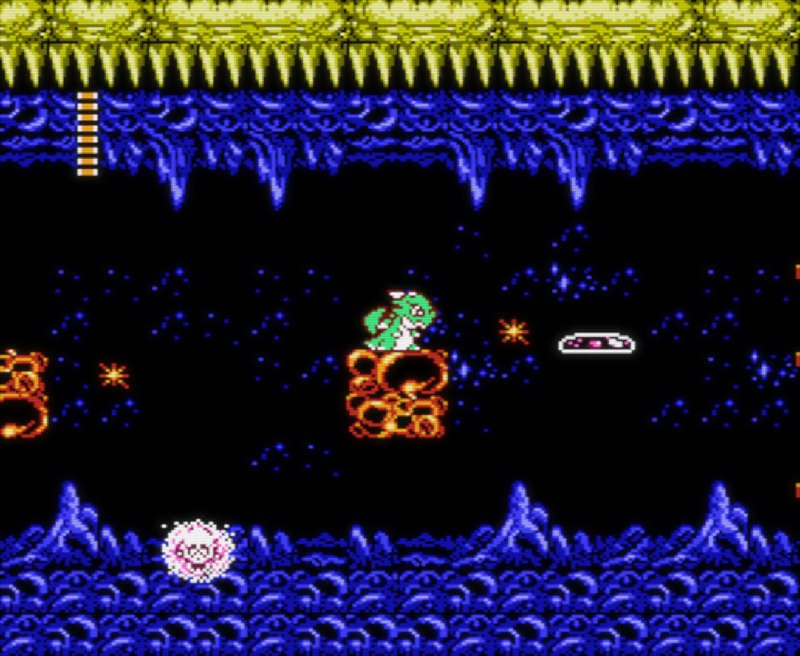
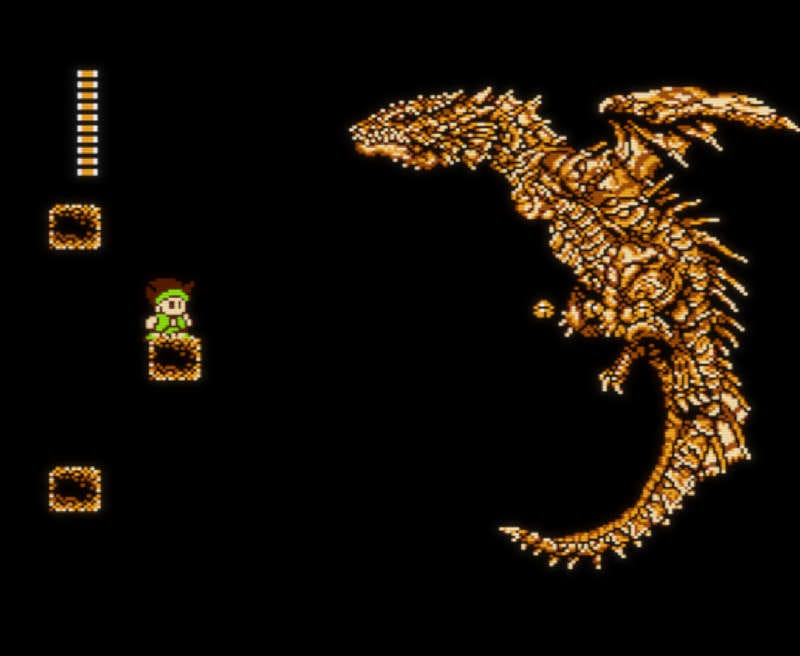
Each member of the party brings unique powers and talents to the table, and you can switch between them on the fly, much like you might switch between powers in a Mega Man game. Samson is the most balanced in terms of maneuverability, hit points and attack power. As I mentioned the dragonfolk warrior can fly and utilizes a breath weapon which travels in an arc. The stone golem has the most hit points and the strongest attack, but is incredibly slow. He can walk across spikes without injury though which is a necessary skill in a few clutch situations. Lastly there’s the mouse. He’s the fastest and sticks to walls and ceilings, but he’s very weak and his attack is next to useless. At any rate, in any given level you’ll use any number of these characters to traverse obstacles in your path, and in fact you’ll have to use all of them effectively in order to balance the challenge level. This game is tough but fair. It’s not a walk in the park, but very doable with practice. I’d rate it somewhere on par with most of the NES Mega Man games.
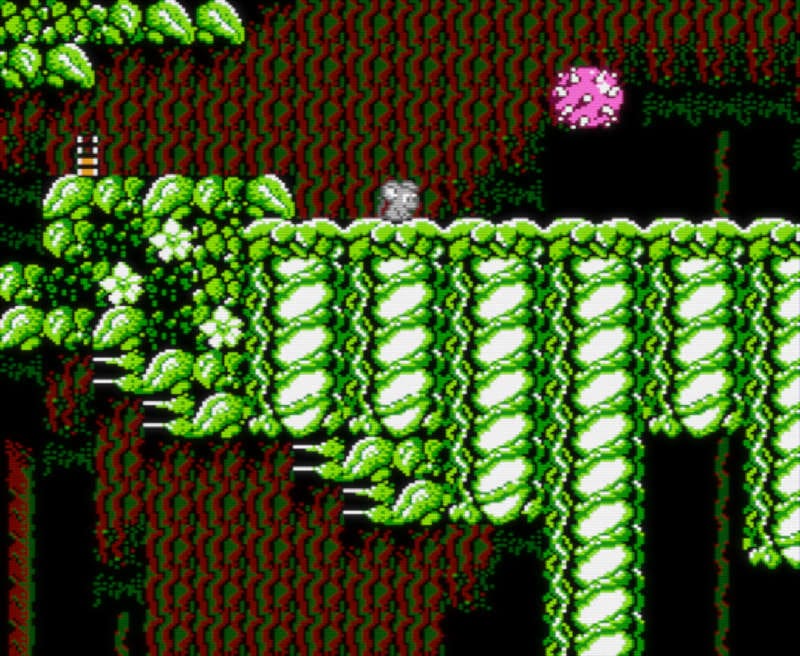
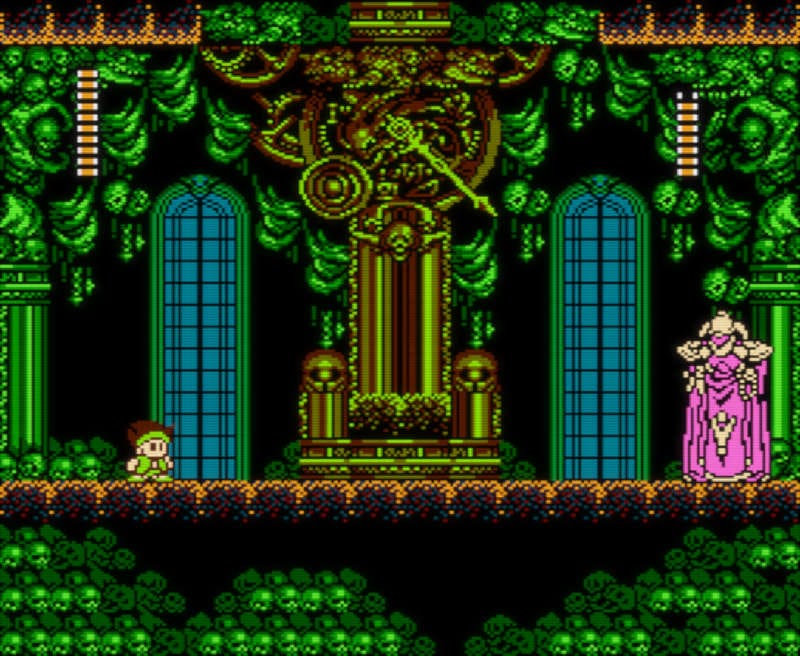
So let’s talk about some technical aspects of the game. This game released in 1992 after the SNES had been dominating the Nintendo landscape for over a year. So we’re seeing output from very late in the lifecycle of the NES, and it shows. The technical strengths and limitations of the system were very well understood at this point. This game is simply a joy to play, yo. From the graphics that almost approach 16 bit levels of detail, to the finely tuned controls that feel distinctly different between each character, but never in a way that hurts gameplay, everything is just dialed in. The music is likewise quite good from a technical standpoint, but admittedly as I write this I can’t call any specific tune clearly to mind. But what I’m getting at is this game is a tightly constructed quality package. I’m sure I may have encountered some minor inconsequential faults along the way, but again other than the somewhat shallow narrative presentation, nothing really leaps out.
It’s still early in the year, but thus far this has been my favorite retro game I’ve played this year, and that includes those games for which I have yet to record my thoughts. Highly recommended for fans of 8-bit platformers!
Leave a Reply